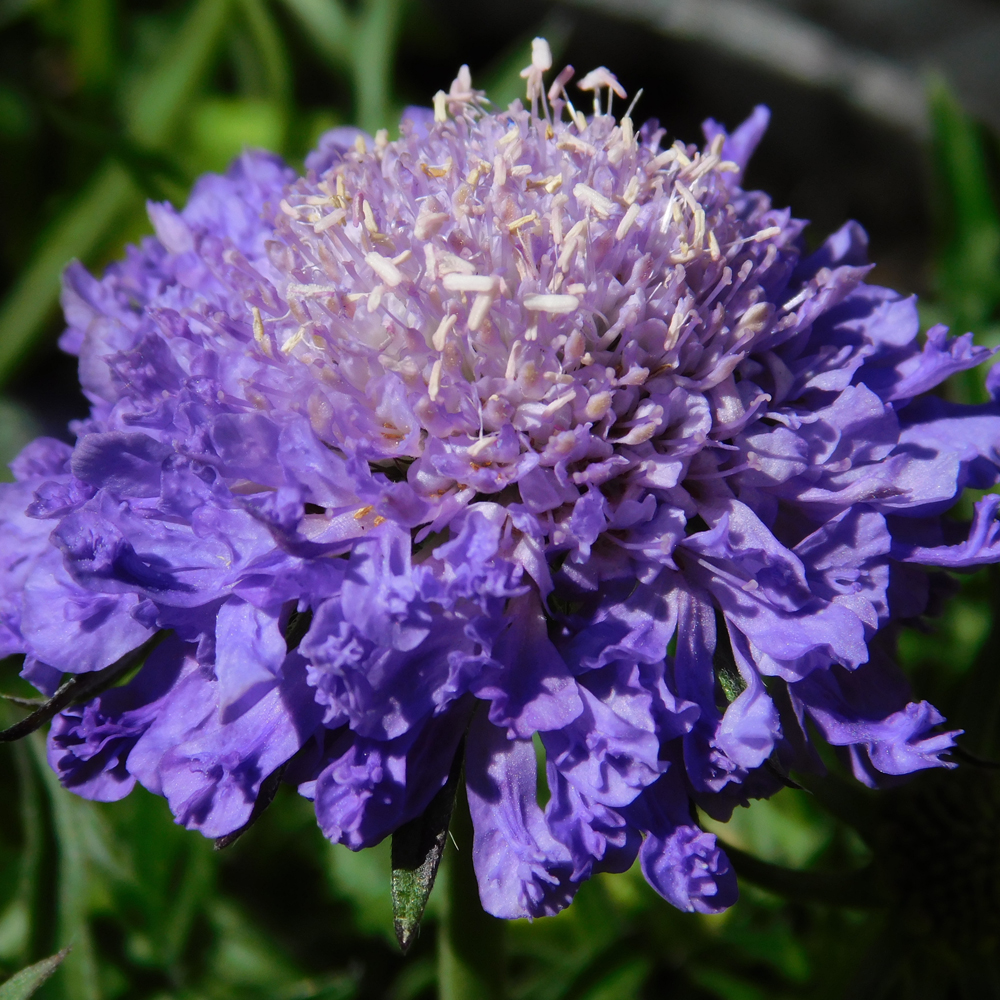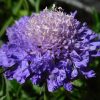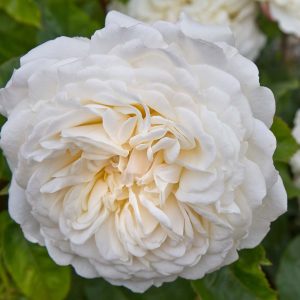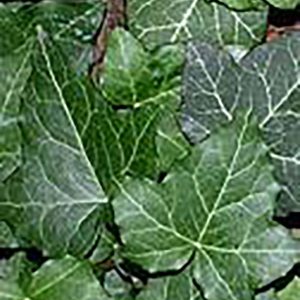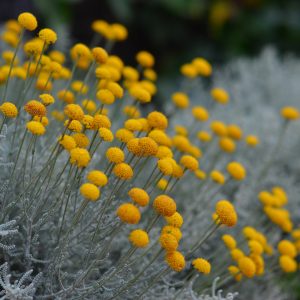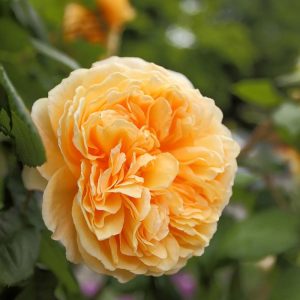Description
Scabiosa, commonly known as pincushion flower, is a lovely perennial that produces delicate, pincushion-like flowers in shades of blue, pink, and white from late spring to early fall. The flowers are held atop slender, wiry stems, and they are highly attractive to bees and butterflies. The plant has a low, mounding growth habit and deeply cut, green leaves. Scabiosa is a great addition to borders, rock gardens, and cottage-style gardens. It looks lovely when paired with other perennials such as coneflowers, salvia, and yarrow. Scabiosa prefers full sun and well-drained soil.
Key Facts
- Common Name(s):Scabious ‘Blue Note’
- Hardiness:Half hardy and would benefit from protection through Winter.
- How big will I get? Scabiosa japonica ‘Blue Note’ can grow to a height of 0.5m and a spread of 0.5m.
- Did You Know That:The name scabiosa comes from the fact the plant was used to treat scabies?
Plant Calendar
A rough guide to how this plant will change through the year.
| Jan | Feb | Mar | Apr | May | June | July | Aug | Sept | Oct | Nov | Dec | |
| Flowering Time |  |
 |
 |
 |
||||||||
| Foliage Colour |   |
  |
  |
  |
  |
  |
  |
  |
  |
  |
  |
  |
| J | F | M | A | M | J | J | A | S | O | N | D |
 |
 |
 |
 |
||||||||
  |
  |
  |
  |
  |
  |
  |
  |
  |
  |
  |
  |
Care Guide

Soil Requirements
Scabiosa japonica ‘Blue Note’ prefers soil with good drainage and does not tolerate standing water. This plant is not tolerant of acidic soil, it requires either a neutral or alkaline soil to grow.

Best Position
Scabiosa japonica ‘Blue Note’ can handle either an exposed or a sheltered position and requires full sun to thrive, this consists of more than six hours of direct sunshine per day.

Maintenance
Scabiosa japonica ‘Blue Note’ should be deadheaded regularly to promote the production of new flowers, it can then be cut back hard once the flowering period is over, this will help to promote plenty of fresh growth the following Spring.

Pest, Diseases and Wildlife
Scabiosa japonica ‘Blue Note’ is generally pest free, and it tends not to have problems with diseases. It is also known to attract bees, butterflies, birds and other pollinators. It is not considered to be toxic.
